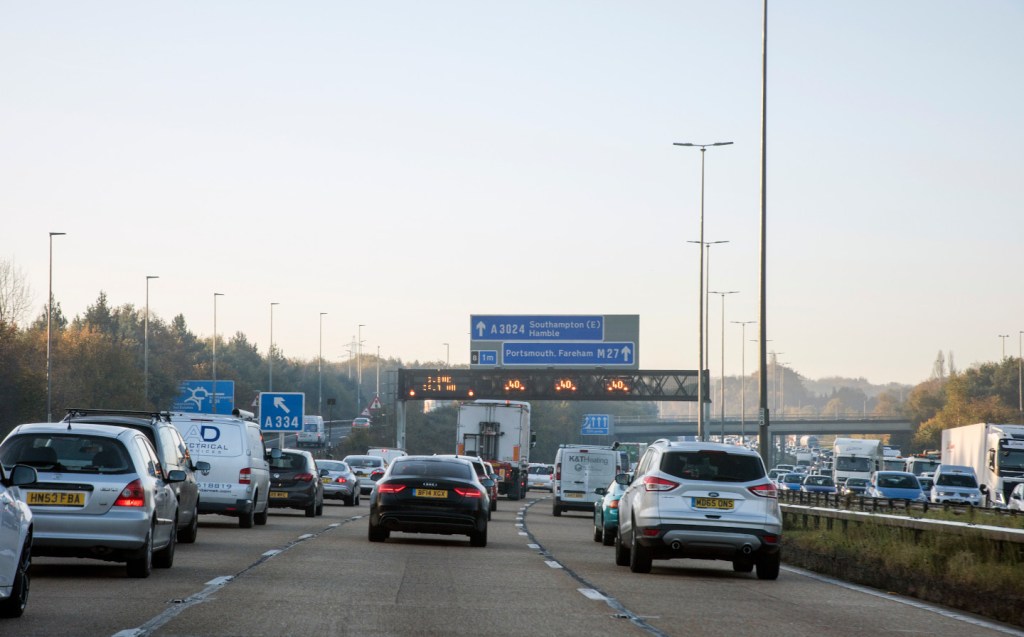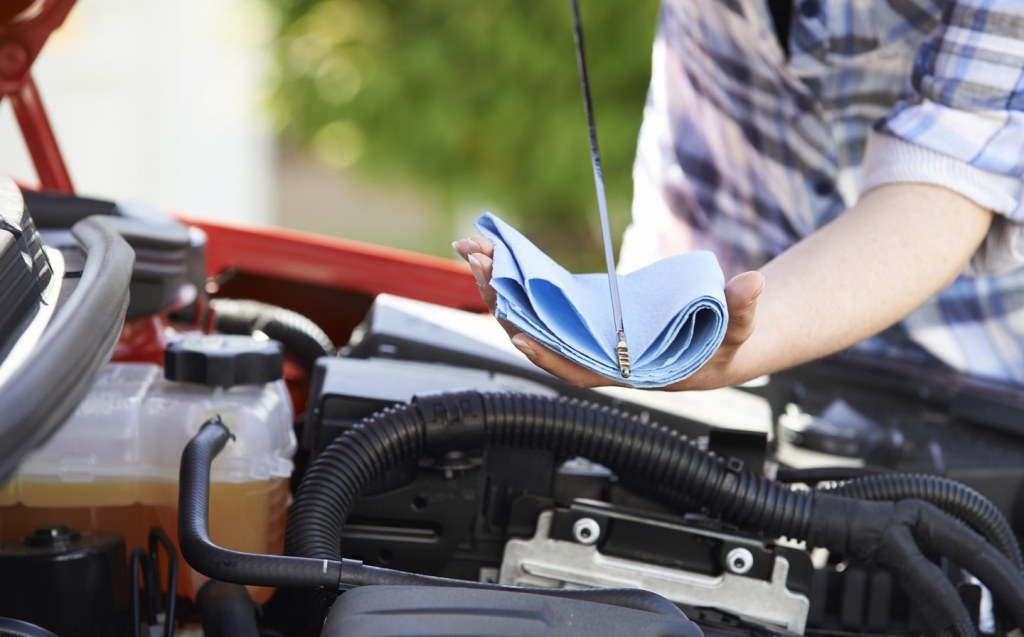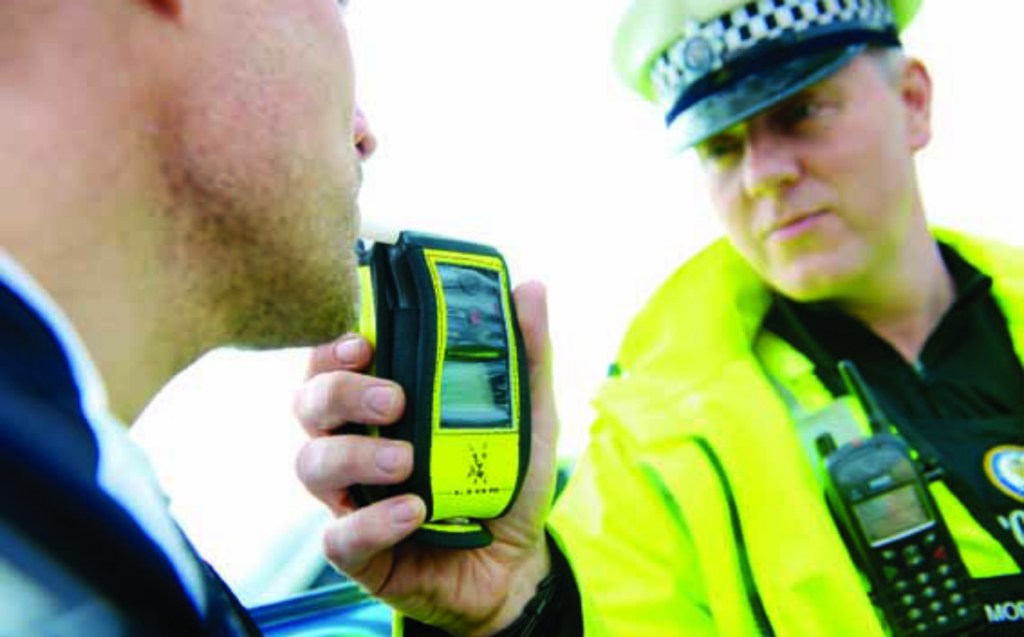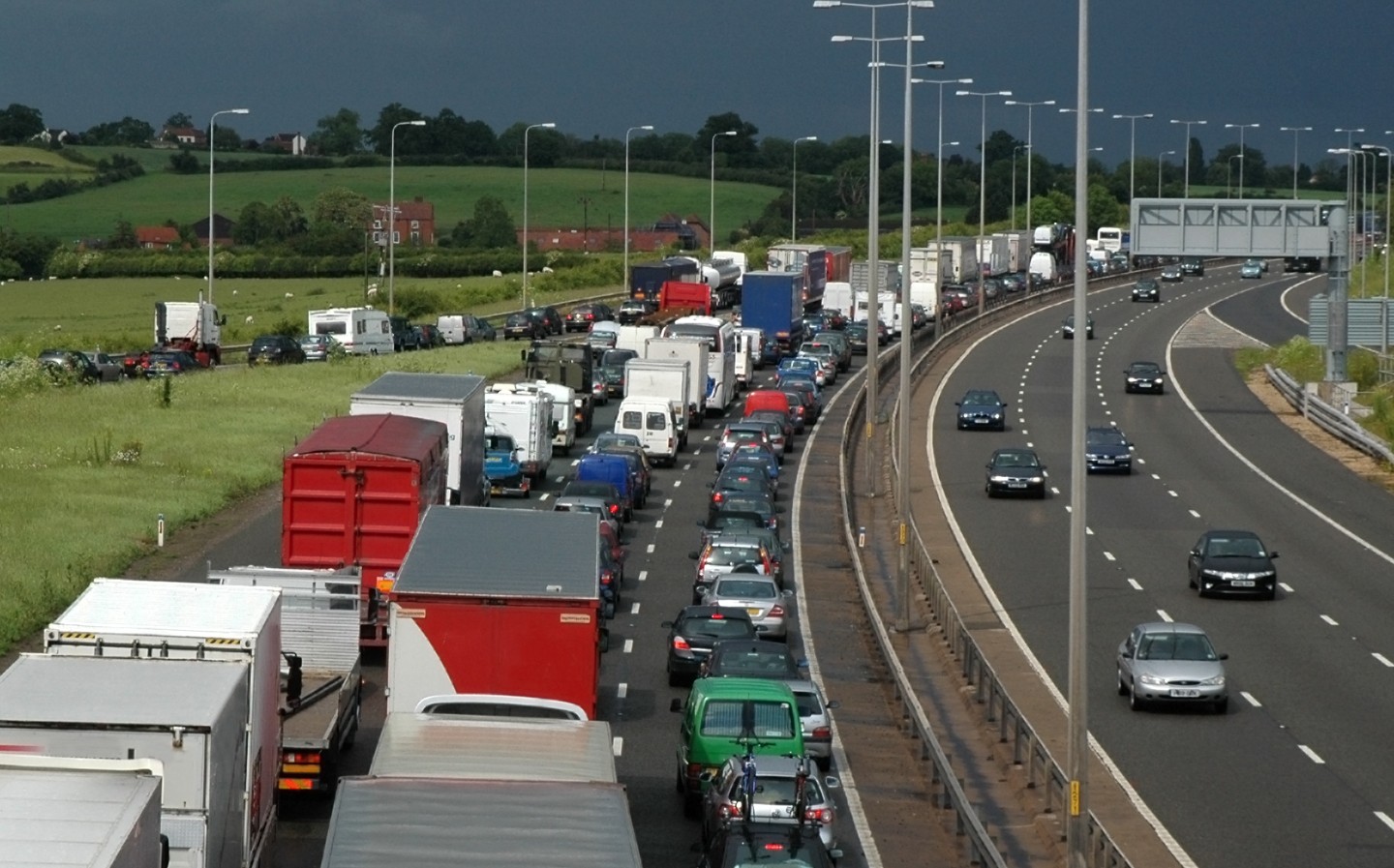Heavy traffic volumes expected over Christmas period, warns AA
Top to toe in tailbacks
TRAFFIC volumes over the Christmas period are expected to reach levels not seen since before the pandemic, according to the AA.
The motoring organisation said some 17.75 million cars are predicted to take to the roads on December 23 and Christmas Eve, potentially creating long tailbacks in traffic black spots.
The predictions come following a survey of 15,000 drivers, which revealed that 44% of motorists have already made plans to drive this Christmas, with a further 17% still undecided.
Of those surveyed, 27% said that they planned to drive to do their Christmas shopping on December 18, the last Saturday before Christmas, meaning that those who can do so should give high streets and shopping centres a wide berth that weekend to avoid getting caught up in potential shopping-related traffic jams.
Following last year’s dampened Christmas, and assuming more stringent restrictions aren’t implemented in the next couple of weeks, more people than usual are expected to travel ahead the big day meaning that a number of motorway hotspots around the UK may become choked with seasonal traffic on December 23 and 24.
It is hoped that changes in working practices during the pandemic will help to spread traffic more evenly across the two days before Christmas. But with 54% of motorists saying they’ll be travelling on both days mean that there are still a number of traffic hotspots that drivers should look out for.
According to the AA: “Delays to journey times on some stretches of motorway including the M25, the M5 between Bristol and Weston-Super-Mare and the M6 around Birmingham.
“In addition, stretches of the M1 ‘smart’ motorway from Luton northwards can often suffer congestion from incidents or breakdowns, as can the M62 and M60 in the North West.
“Both the M4 and the M27 are also set to suffer from significant delays.”

In contrast, New Year’s Day is expected to be the quietest time with just 27% of those surveyed saying that they’ll be taking to the roads.
As well as potentially heavy traffic, the AA also warned motorists of two other factors to think about while travelling over the holidays.
The first was that drivers should take the initiative to try avoiding potential breakdowns when driving in what can often be cold, wet or even snowy conditions. And to be prepared for the worst.

“Tyres, fuel, EV range and oil levels, coolant and screenwash checks should be made as a minimum. Likewise keeping water, high protein food or chocolate, warm clothes, coats and a hi-viz jacket will help keep you going should the worst happen,” said the AA’s president, Edmund King.
Secondly, for those travelling in the morning following a night of socialising, it’s important for drivers to remember that they may still have alcohol in their systems that could, at worst, impair their driving, or leave them over the legal limit of 80mg of alcohol per 100ml of blood.

As a very general rule — the reliability of which depends on factors such as age, weight, gender and food consumption — the body processes one unit of alcohol per hour, which the equivalent to around half a pint of beer, a small glass of wine or a single measure of spirits, according to drinkaware.co.uk.
A pint of beer usually equals around 2.4 units of alcohol, so drivers should bear this in mind when figuring out if they’re alright to drive after drinking the night before.
According to King: “Drivers can still be breathalysed and lose their licence for driving over the limit the morning after. So remember if you are going to drive, don’t drink, and if you are going to drink, don’t drive.”
Tweet to @ST_Driving Follow @ST_Driving
- If you liked reading about heavy traffic volumes expected over Christmas period warns AA, you might also be interested to hear how to get free audiobooks for the Christmas drive home
- And don’t miss 43 of the best Christmas gifts for car lovers 2021
- Five best Father Christmas sleighs designed by car makers





